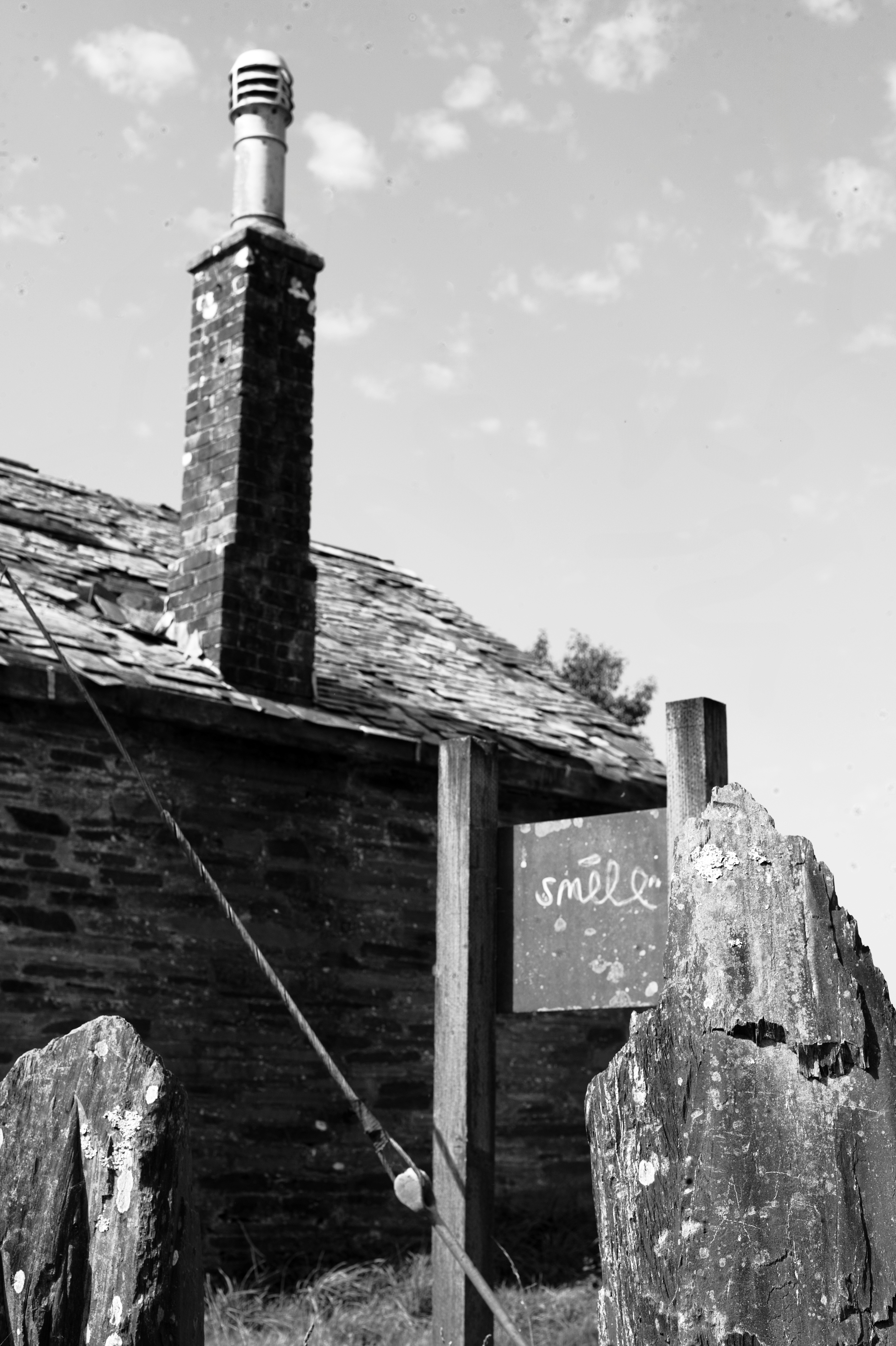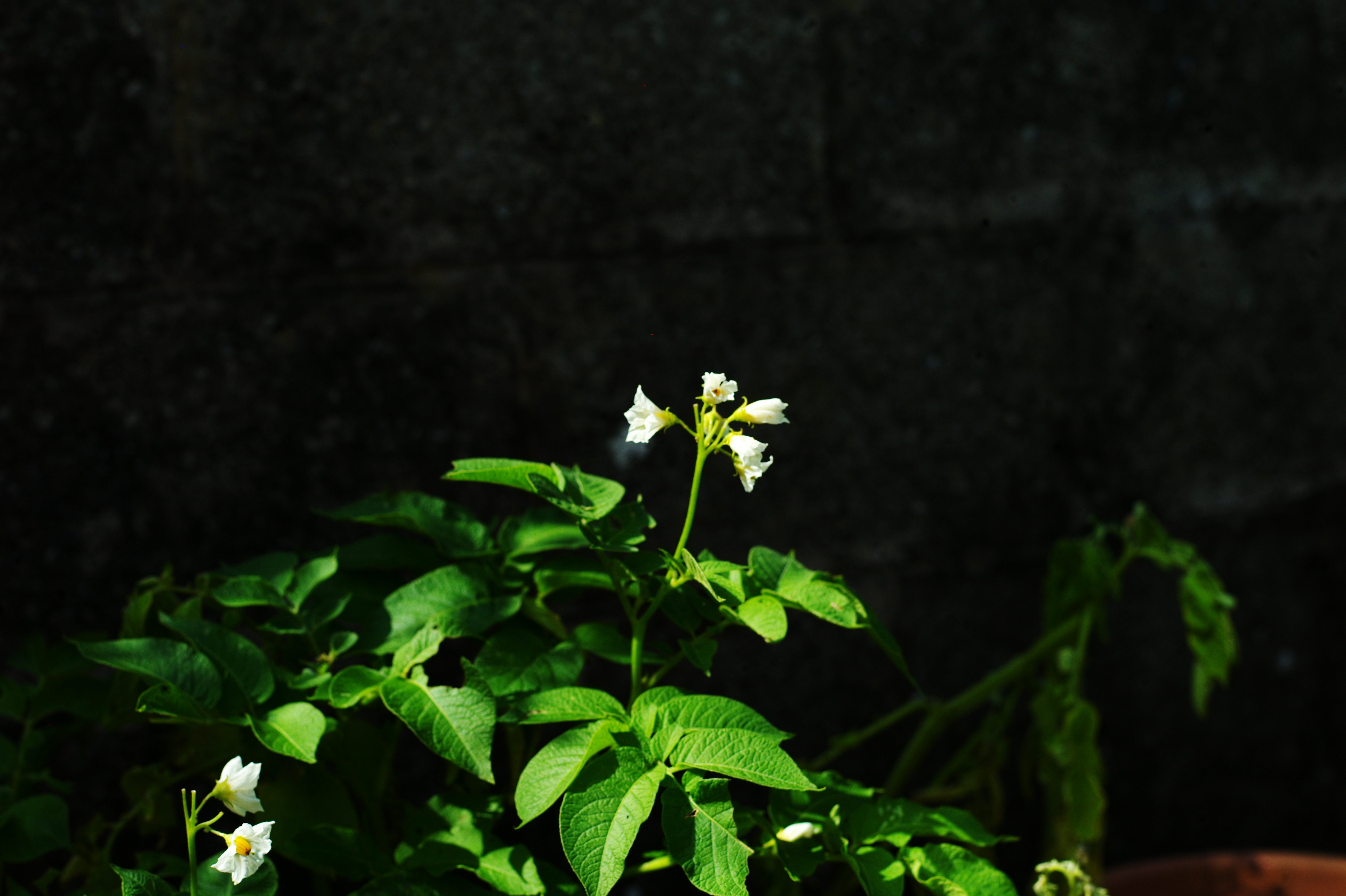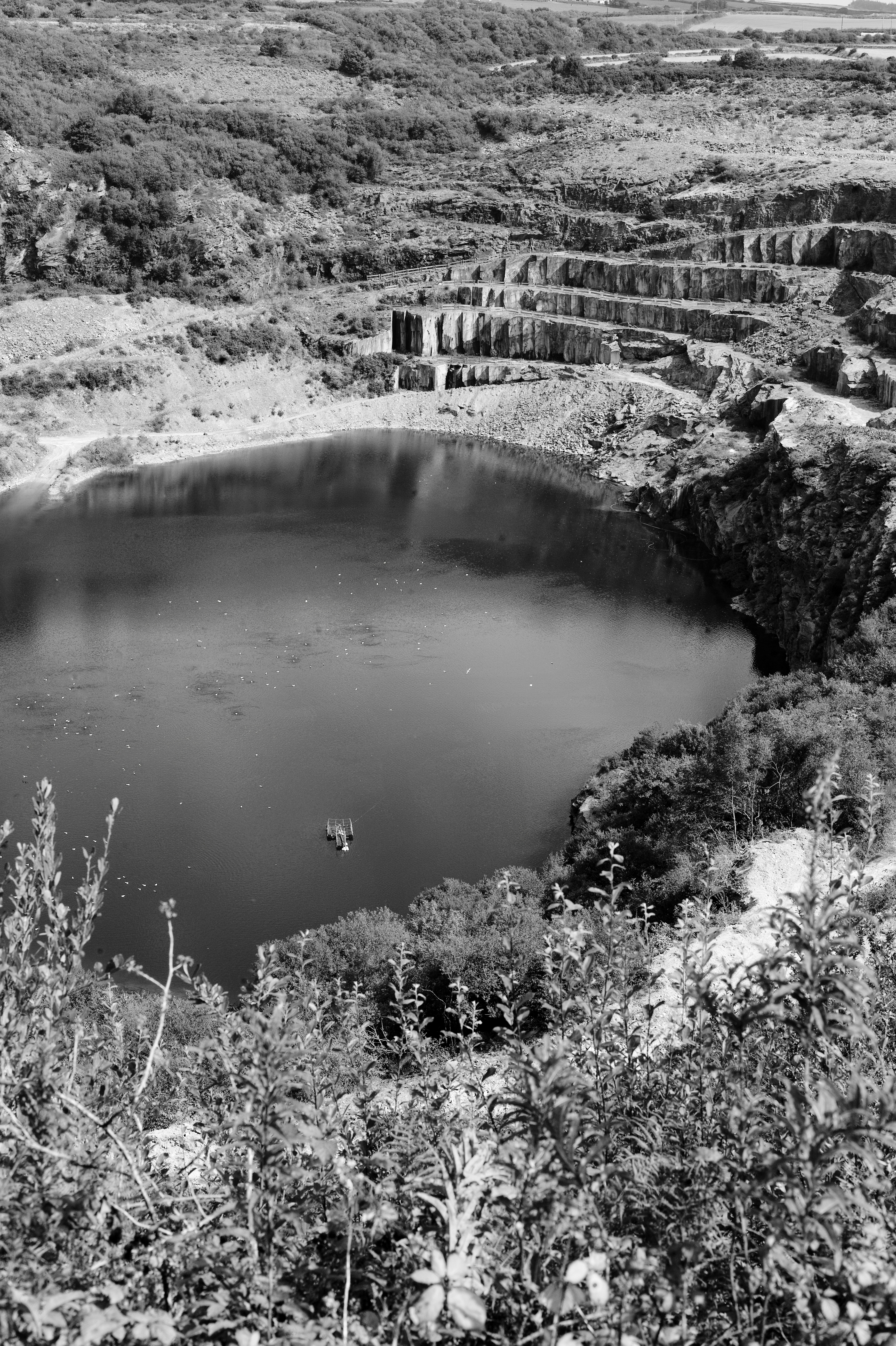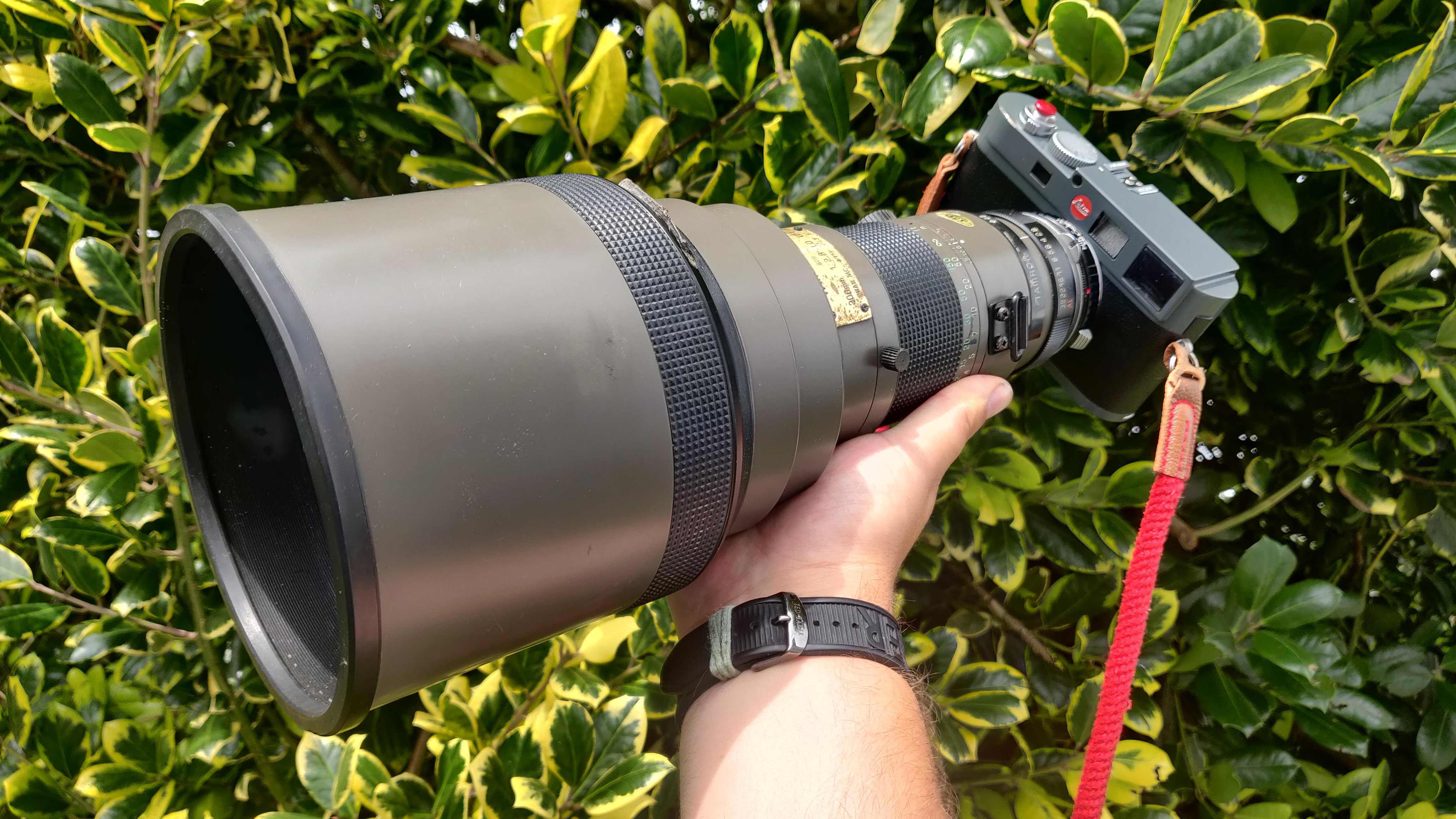I made a Nikon Franken-Leica camera and it’s gloriously imperfect (and I love it!)
It shouldn’t work – but my Leica and Nikon lens combo is pure magic!
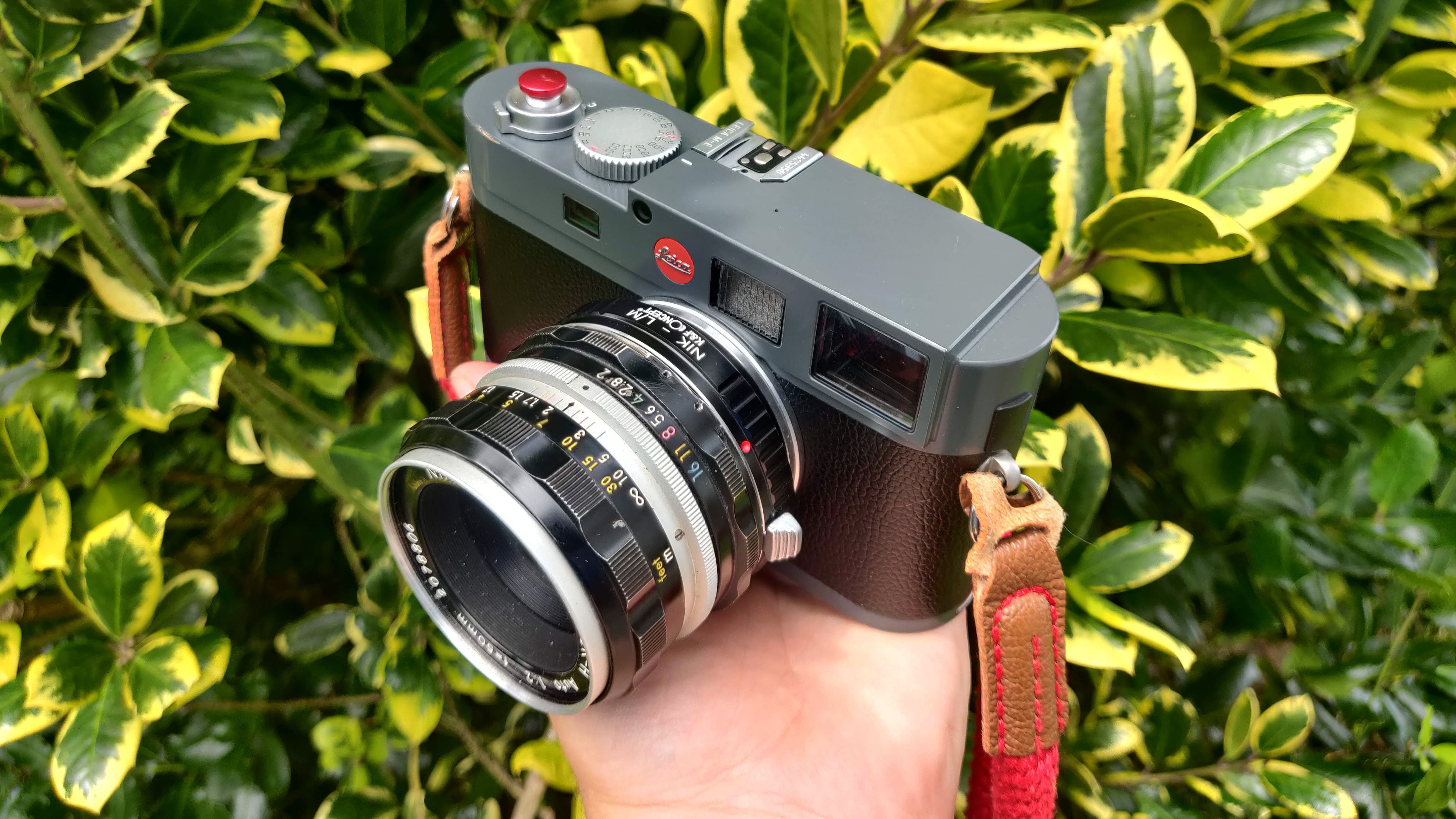
There’s something oddly beautiful about combining gear that was never meant to work together.
My latest setup is what some might call a Franken-Leica – a Leica M-E paired with a 1960s Nikon Nikkor-H 50mm f/2 lens. It’s a bit of a monster, yes, but one that’s surprisingly magical.
It goes against the grain of what Leica photography is supposed to be – purist, precise, polished – but that’s exactly what makes it so interesting.
For nearly two decades, I was a Nikon shooter through and through. Nikon bodies, Nikon glass, the lot. But when I eventually made the jump to Leica, I sold every piece of Nikon gear I owned – except one. The Nikkor-H 50mm f/2 lens was just too special to let go.
It’s sharp, beautifully rendered, and produces images that have that elusive quality – a kind of glow, a 3D pop that’s hard to describe but instantly recognisable. I’ve always wondered what it might look like on a Leica, and thanks to a $20/£15 adapter, I finally found out.
From f/2 to f/2.8, the Nikkor-H has this soft, cinematic look that feels almost medium-format in its presence. It’s not sterile or clinical, just honest and expressive – the sort of rendering that makes even mundane scenes feel like something worth photographing.
Stop it down to f/4 or f/5.6 and it becomes a razor – crisp enough for serious work, yet still carrying a trace of that dreamy DNA. It’s a lens with range and personality, something that’s becoming increasingly rare.
The best camera deals, reviews, product advice, and unmissable photography news, direct to your inbox!
Of course, it’s not all smooth sailing. My Leica M-E – a lovely thing in its own right – doesn’t have live view, so I can’t see through the lens or confirm focus in real-time. Some might ask, what’s the point? But for me, it’s just another part of the challenge. Zone focusing becomes essential, which suits my style of shooting anyway. It’s not as precise, but it keeps me present – forces me to work within the limits, which is often where the magic lives.
Then there’s the frameline issue. Leica M lenses are coupled to the rangefinder, showing clear framelines in the viewfinder. But this adapted Nikkor isn’t, and it blocks a good portion of the 50mm frameline – especially in the bottom corners.
It’s awkward, yes, but not impossible. You learn to anticipate your frame, to trust your instincts, to lean into your knowledge of space and subject. Like everything else about this setup, it demands a little more from you – but gives something back in return.
What’s most exciting is that this little adapter has opened the door to a new world of creative combinations. I’ve even mounted a hulking old Tamron SP 300mm f/2.8 onto the M-E just to see what would happen.
Spoiler alert: it works, but completely blocks the viewfinder – again, zone focus only. With live view, it would be a different beast, but even without it, there’s a strange joy in making the unusable work.
Ultimately, what this combo gives me is freedom. Freedom to use my beloved Leica CCD sensor, and freedom to hold onto a piece of my Nikon past. It doesn’t replace my Summilux 50mm f/1.4 ASPH, nor would I want it to. But it adds another option, another voice, another flavour.
In a world where most photographers feel locked into a system, there’s something liberating about creating your own – quirks, compromises, and all.
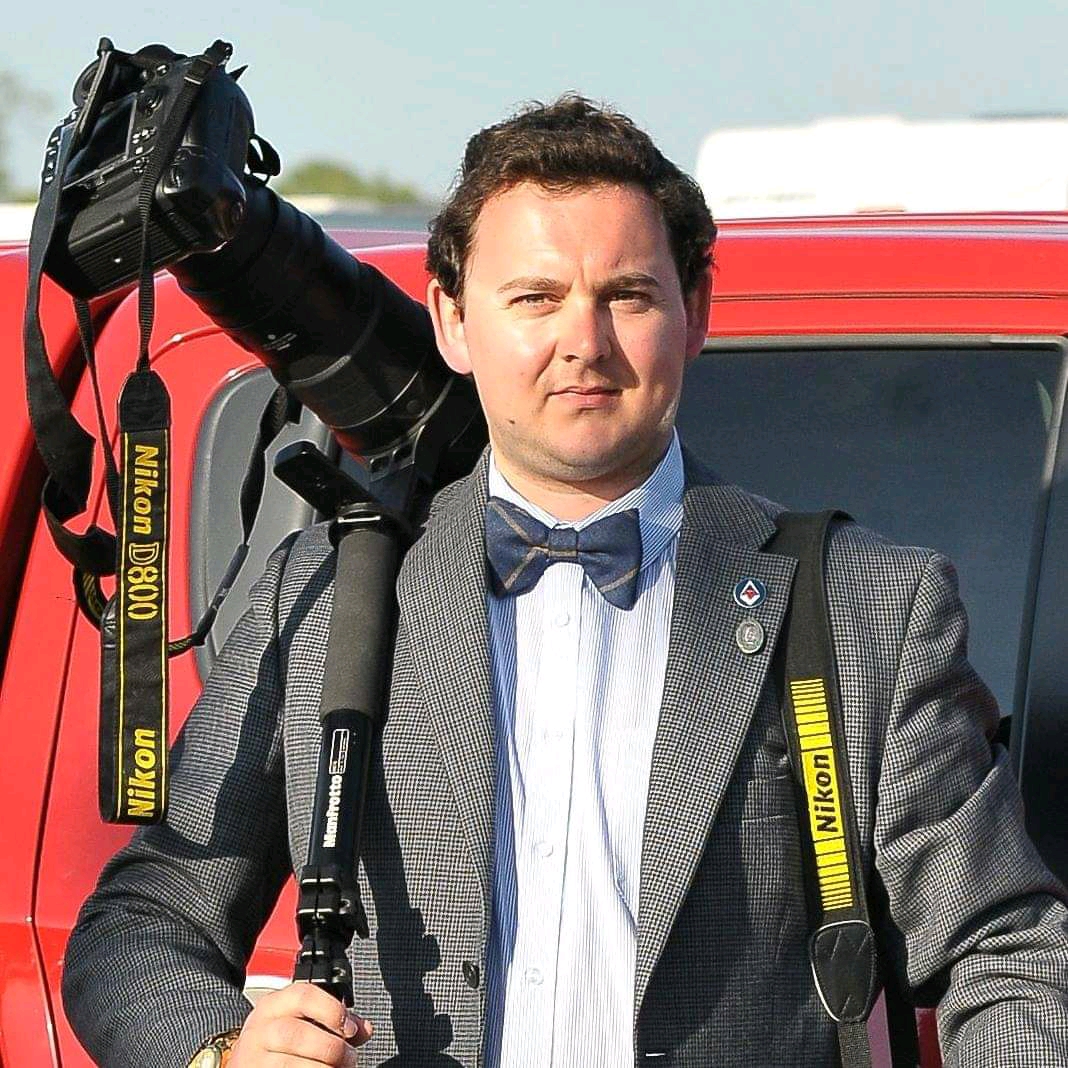
For nearly two decades Sebastian's work has been published internationally. Originally specializing in Equestrianism, his visuals have been used by the leading names in the equestrian industry such as The Fédération Equestre Internationale (FEI), The Jockey Club, Horse & Hound, and many more for various advertising campaigns, books, and pre/post-event highlights.
He is a Fellow of the Royal Society of Arts, holds a Foundation Degree in Equitation Science, and holds a Master of Arts in Publishing. He is a member of Nikon NPS and has been a Nikon user since his film days using a Nikon F5. He saw the digital transition with Nikon's D series cameras and is still, to this day, the youngest member to be elected into BEWA, the British Equestrian Writers' Association.
He is familiar with and shows great interest in 35mm, medium, and large-format photography, using products by Leica, Phase One, Hasselblad, Alpa, and Sinar. Sebastian has also used many cinema cameras from Sony, RED, ARRI, and everything in between. He now spends his spare time using his trusted Leica M-E or Leica M2, shooting Street/Documentary photography as he sees it, usually in Black and White.
You must confirm your public display name before commenting
Please logout and then login again, you will then be prompted to enter your display name.
